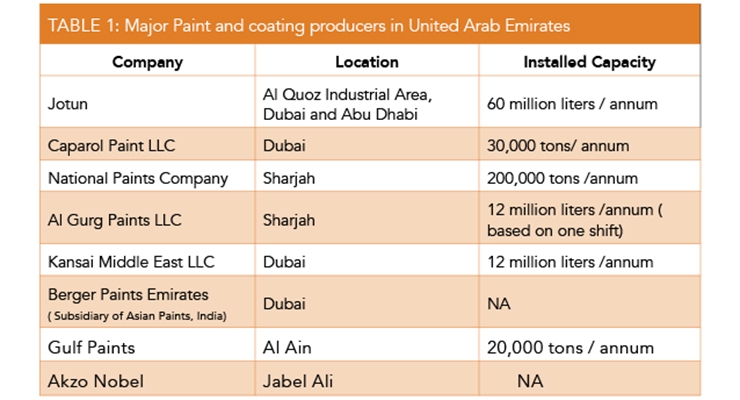Seasonal Factors In Industrial Outside Painting: Secret Insights You Ought To Be Aware Of
Seasonal Factors In Industrial Outside Painting: Secret Insights You Ought To Be Aware Of
Blog Article
Material Writer-Burnham Celik
When you're intending a commercial external paint job, seasonal elements can make or damage your outcomes. You'll intend to consider just how temperature and humidity effect paint application and drying out times. Selecting the appropriate period can guarantee your paint sticks correctly and lasts longer. However which seasons are really the best for this kind of job? Let's explore the key elements that can impact your task's success.
The Influence of Temperature on Paint Application
When you're planning an industrial exterior painting task, the temperature can considerably influence how well the paint sticks and dries out.
Ideally, you want to repaint when temperature levels range in between 50 ° F and 85 ° F. If it's as well cold, the paint might not cure effectively, bring about problems like peeling off or splitting.
On the other side, if it's also warm, the paint can dry out also quickly, preventing appropriate attachment and leading to an unequal surface.
You must also think about the time of day; early morning or late afternoon provides cooler temperature levels, which can be much more positive.
Always examine the producer's referrals for the particular paint you're utilizing, as they frequently provide assistance on the optimal temperature level range for optimal outcomes.
Humidity and Its Impact on Drying Times
Temperature level isn't the only environmental element that influences your industrial outside paint task; moisture plays a substantial duty too. High moisture degrees can reduce drying times substantially, influencing the overall high quality of your paint task.
When the air is filled with moisture, the paint takes longer to cure, which can bring about concerns like poor bond and a higher danger of mildew development. If you're painting on an especially moist day, be planned for prolonged wait times between coats.
It's crucial to check local weather and strategy accordingly. Ideally, aim for humidity degrees in between 40% and 70% for optimal drying out.
Maintaining these factors in mind ensures your task stays on track and delivers an enduring surface.
Best Seasons for Commercial Exterior Paint Projects
What's the most effective time of year for your commercial outside paint projects?
Springtime and very early fall are normally your best bets. Throughout these seasons, temperature levels are mild, and moisture levels are usually reduced, producing excellent problems for paint application and drying out.
Avoid summer's intense heat, which can cause paint to dry too swiftly, causing inadequate adhesion and coating. Likewise, https://tituswchlq.ltfblog.com/33959082/just-how-to-discover-affordable-paint-providers-essential-tips can prevent proper drying and healing, risking the longevity of your paint task.
Go for days with temperatures between 50 ° F and 85 ° F for optimal results. Remember to check the regional weather forecast for rainfall, as damp problems can destroy your project.
Planning around these aspects ensures your paint project runs smoothly and lasts much longer.
Verdict
In conclusion, preparing your commercial external paint tasks around seasonal factors to consider can make a significant difference in the end result. By scheduling work throughout the excellent temperatures and humidity degrees, you'll guarantee better adhesion and drying out times. Bear in mind to watch on local weather prediction and choose the right time of year-- springtime and early fall are your best choices. Taking click now will assist you achieve a sturdy and professional finish that lasts.
